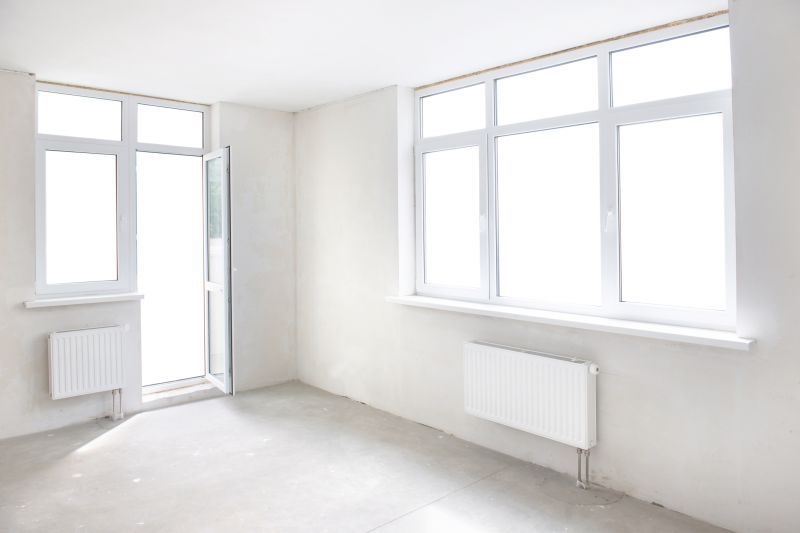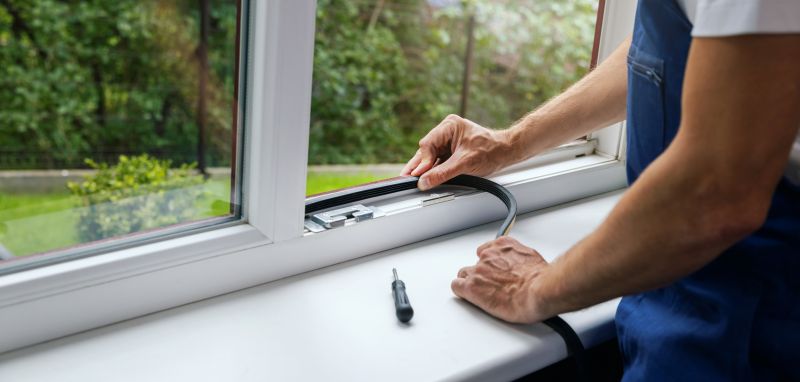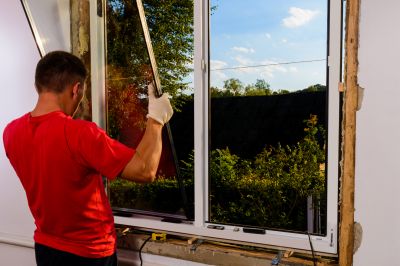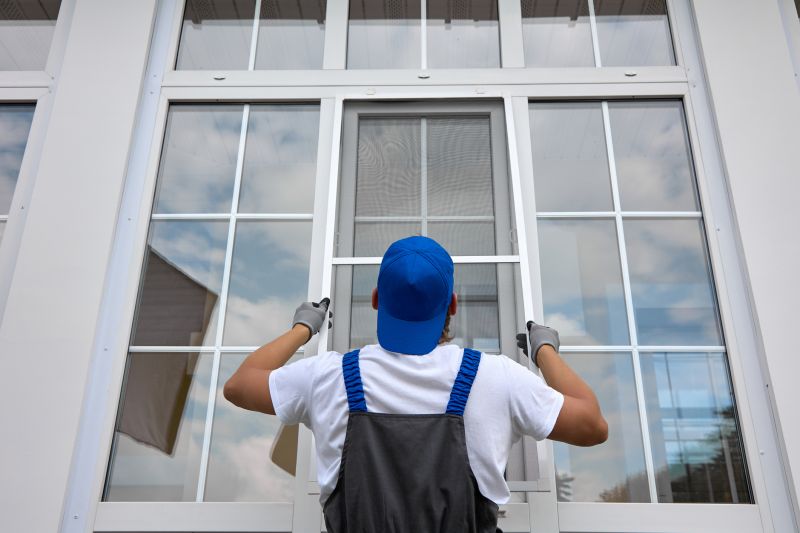Optimal Windows Installation Timing
Windows installations are most effective when scheduled during periods of minimal disruption and optimal system readiness. Timing can influence installation success, system performance, and user productivity. Understanding the ideal windows for deployment ensures smoother transitions and reduces potential downtime.
Scheduling during late fall or winter months can minimize impact on daily operations, especially in business environments with seasonal fluctuations.
Performing installations on weekends or public holidays allows for extended troubleshooting time without affecting regular workflows.
Timing installations when hardware and software are fully updated ensures compatibility and reduces errors during setup.
Allowing sufficient planning time before major updates can prevent conflicts and ensure all prerequisites are met.

An overview of the steps involved in installing Windows on various hardware configurations.

Visual representation of ideal windows for scheduling installations.

Strategies for planning installation times to minimize operational impact.

Ways to make Windows Installations work in tight or awkward layouts.

Popular materials for Windows Installations and why they hold up over time.

Simple add-ons that improve Windows Installations without blowing the budget.

A detailed view of the typical phases involved in Windows installation.

Ensuring hardware and software are prepared for installation.

Critical steps to safeguard data before installation.

Steps to ensure the system runs efficiently after setup.

High-end options that actually feel worth it for Windows Installations.

Finishes and colors that play nicely with Windows Installations.

Little measurements that prevent headaches on Windows Installations day.

A 60-second routine that keeps Windows Installations looking new.

A frequent mistake in Windows Installations and how to dodge it.

Small tweaks to make Windows Installations safer and easier to use.

Lower-waste or water-saving choices for Windows Installations.

The short, realistic tool list for quality Windows Installations.
| Timing Consideration | Best Practice |
|---|---|
| Hardware readiness | Schedule after hardware updates and driver installations |
| User availability | Choose periods with minimal user activity |
| System updates | Perform installations during scheduled maintenance windows |
| Seasonal factors | Avoid peak business seasons for critical updates |
| Backup completion | Ensure data backups are finalized before installation |
| Compatibility checks | Run pre-installation diagnostics during planned downtime |
Planning Windows installations during appropriate times enhances success rates and reduces operational risks. It is advisable to coordinate with IT professionals to identify the most suitable windows based on organizational needs. Proper timing ensures that updates contribute positively to system stability and security, supporting ongoing productivity.

Visual guide to scheduling upgrades for minimal disruption.

Informing users about scheduled installation windows.

Ensuring system stability after installation.

Rough timing from prep to clean-up for Windows Installations.

Quick checks and paperwork to keep after Windows Installations.

Examples that show the impact a good Windows Installations can make.
Interested parties are encouraged to contact for assistance in scheduling and executing Windows installations. Proper planning and timing can significantly improve system performance and reduce downtime, ensuring smooth operational continuity.


